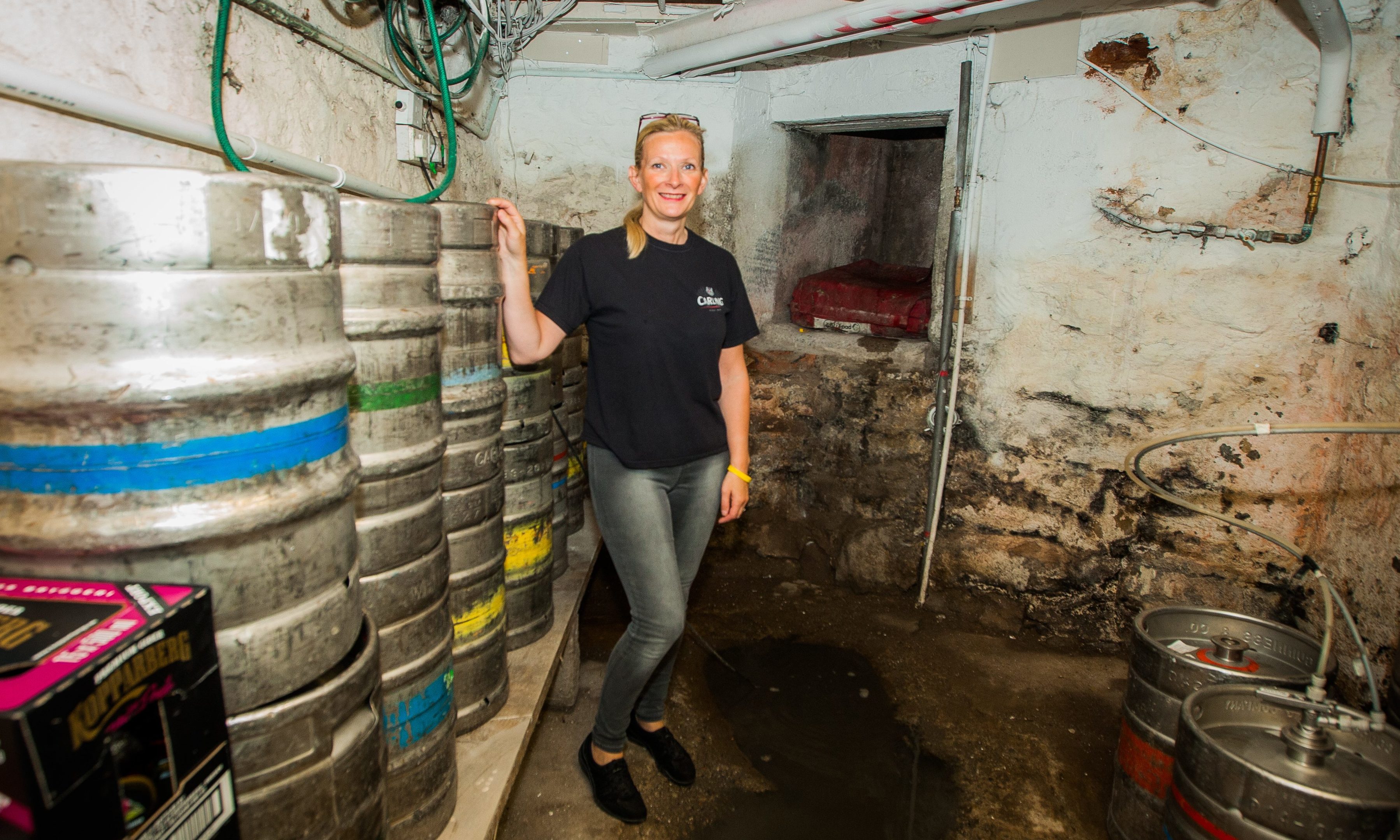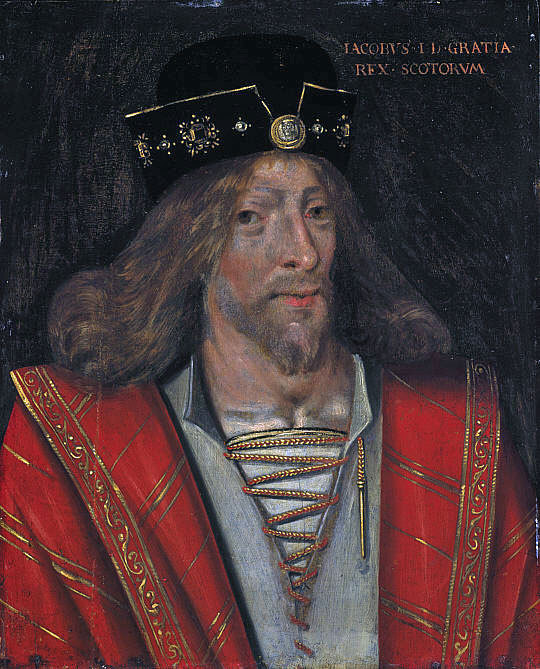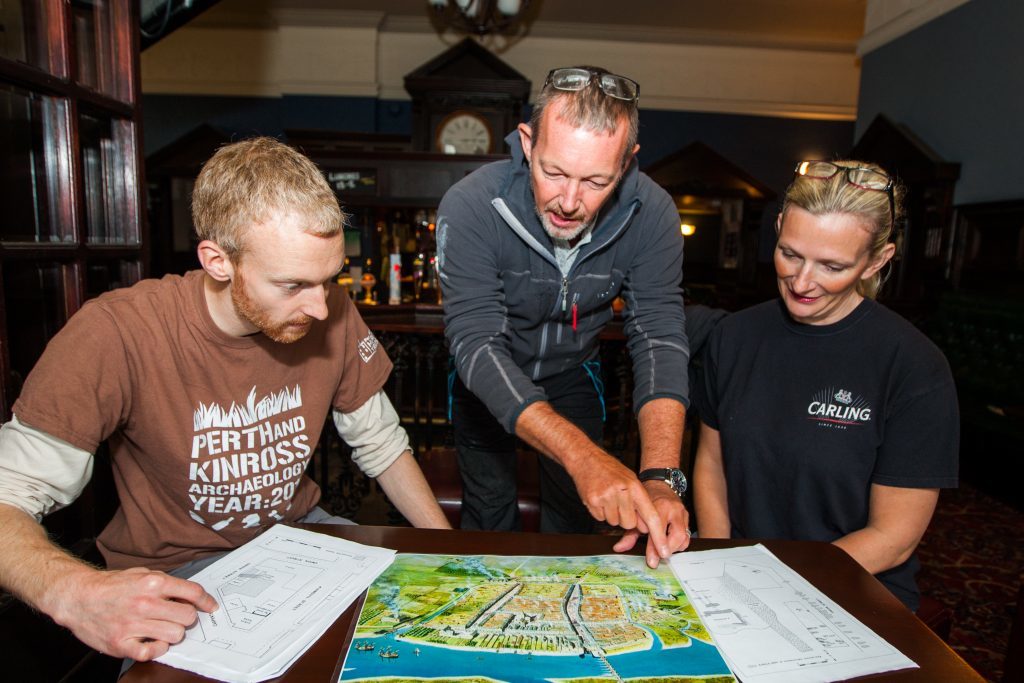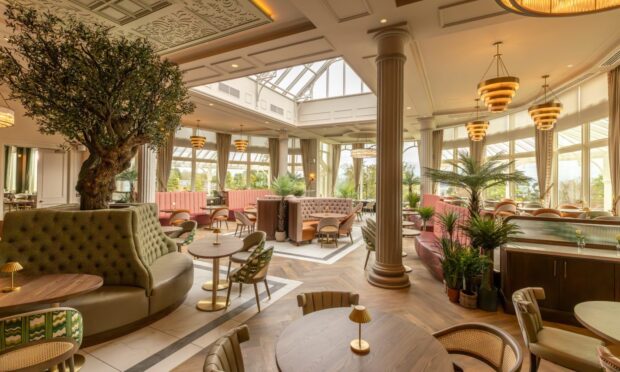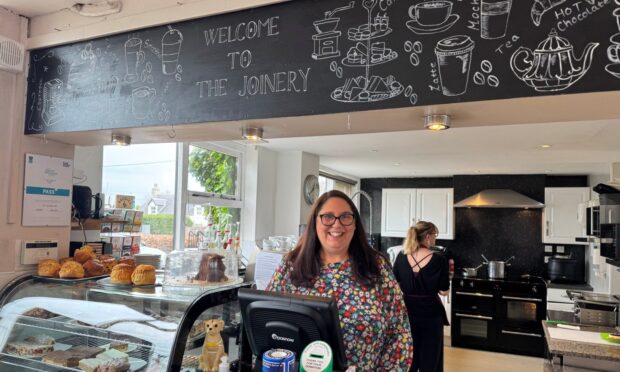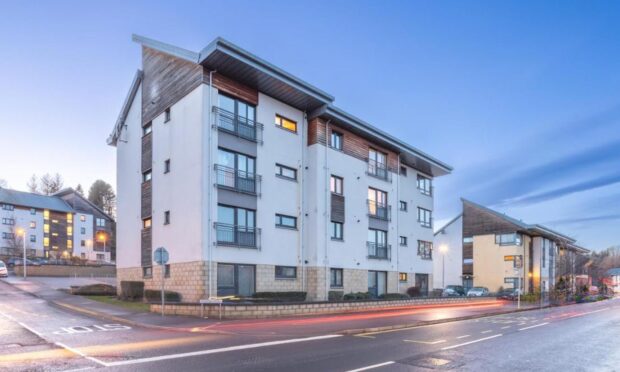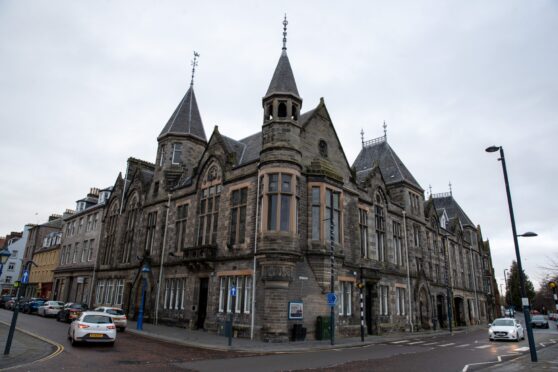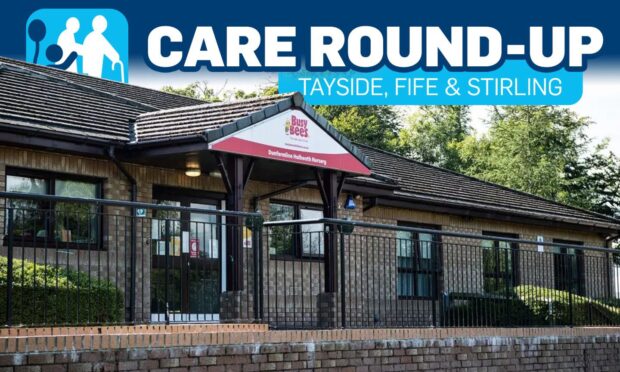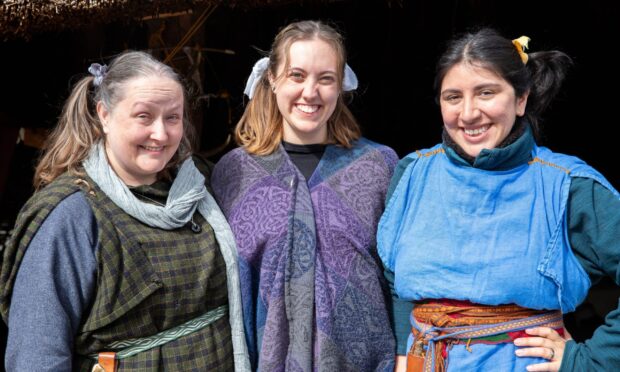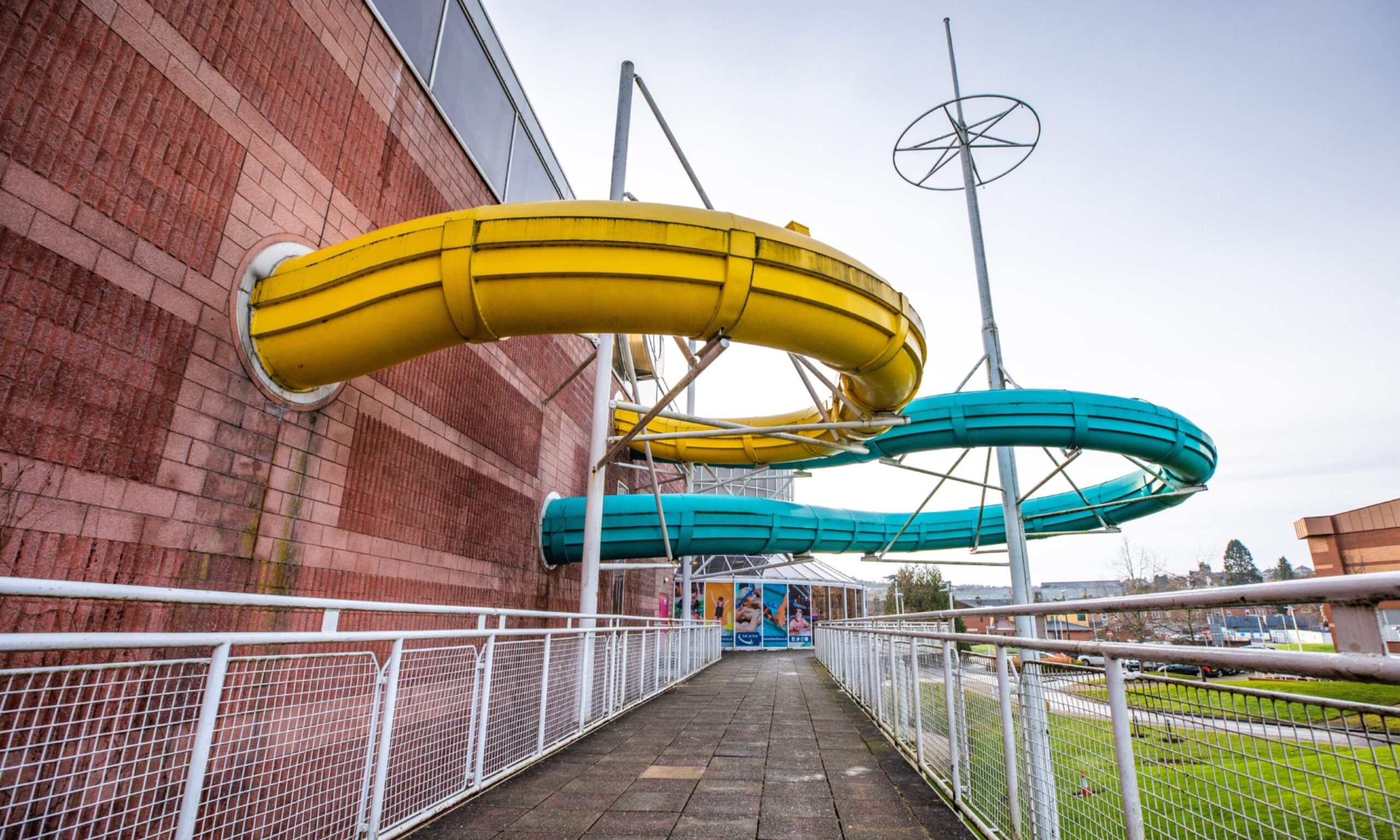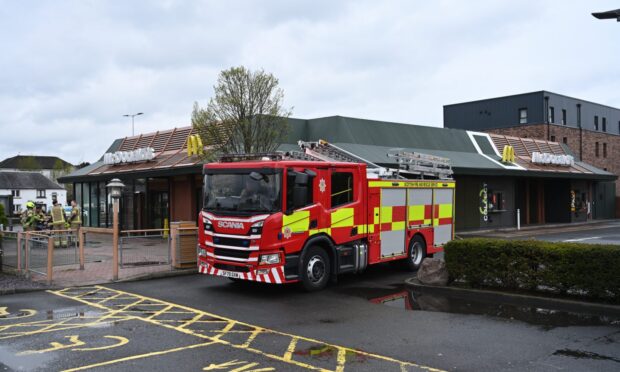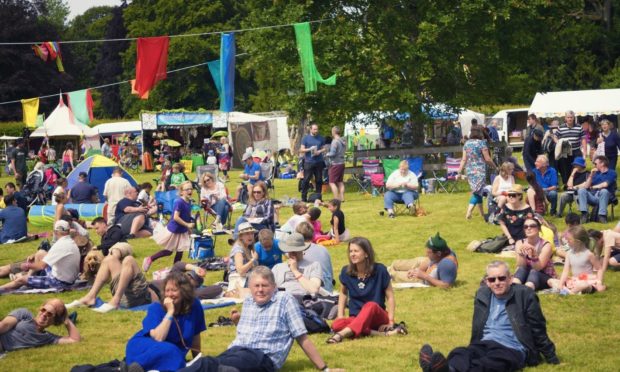Historians hunting for the tomb of murdered King James I have returned to the scene of the crime – in the bowels of a Perth city centre pub.
The hunt for the 15th Century Scottish ruler’s remains has zeroed in on Christie’s Bar on Kinnoull Street.
Volunteers were amongst the beer barrels in the pub basement on Wednesday, searching for a trace of the old Blackfriars Dominican Friary where James I was assassinated.
The team are spending two days in the tiny underground enclosure, trying to secure concrete proof that it was the site of the 780-year old building.
James I was killed in the friary’s royal chambers on February 4, 1437, and was buried in the city’s Charterhouse monastery.
The building was destroyed during the reformation 100 years later and the exact location of his grave is a mystery.
The investigation at Christie’s Bar, which focuses on irregular stonework in the cellar, marks the 623rd anniversary of James I’s birth.
Pub owner Helen Ratcliffe, who took over the establishment with her husband Billy eight years ago, said: “When we first came here, we didn’t know anything about the connection with King James.
“Then we started hearing ghost stories from the staff. There was a pint glass which was found smashed on the bar when no one was around. That was blamed on James I.”
At the end of last year, the couple were visited by Gavin Lindsay, outreach officer for the Perth and Kinross Heritage Trust.
“He came along and had a quick look in the basement,” said Mrs Ratcliffe. “He was really interested in some stonework you can see at the bottom of the wall. We had never thought anything of it before.”
It is believed the stone is the last remains of the old friary, which dates back to around 1231.
Mrs Ratcliffe said: “We don’t have anything in the bar to suggest there’s a link with James I. We’re waiting to hear the outcome of this investigation.
“We are planning a make-over in October, so hopefully we will know before then.
“We’re even thinking about getting a glass panel in the floor of the bar, so people can see down into the cellar where the wall is.”
Mr Lindsay said excavations between 1979 to 1984 – ahead of work on Carpenter Court flats – unearthed a series of ancient burial lairs.
“This is likely to be the closest we will ever get to the scene of James I’s assassination,” he said. “He would have been staying in the southern quarter when he was killed, so the exact location of his murder would be outside the site of the pub.”
The hunt is being led by the heritage trust and Scotland’s Urban Past, a nationwide project exploring the history of the country’s towns and cities.
Volunteers will be looking to date the stonework by comparing with materials and methods at the time of the friary.
Measurements and photographs will be analysed over the coming weeks.
